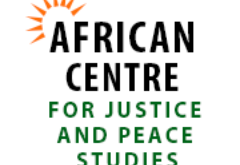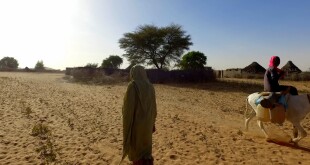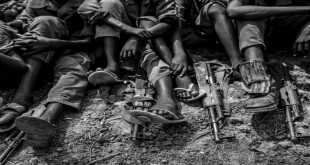The feature article of the August – November 2013 issue of the Sudan Human Rights Monitor provides an overview of the September 2013 mass demonstrations that took place across Sudan. The demonstrations, initially held in reaction to an announcement by President Omar al Bashir that fuel subsidies would be cut, quickly transformed into calls for the ruling National Congress Party (NCP) to abdicate power. The demonstrations were met with excessive use of force. Government of Sudan security forces, including the National Intelligence and Security Services (NISS) and Central Reserve Forces (CRF) fired live ammunition at protestors.
At least 170 people died from gunshot wounds between the outbreak of the demonstrations and their cessation in early October 2013. The majority of fatalities resulted from gunshot wounds to the head or chest, suggesting that the NISS and CRF, deployed by the GoS to quell the demonstrations, had shoot to kill orders. At least 800 individuals were arrested and detained in connection with the demonstrations, and the authorities also increased restrictions on freedom of expression in what effectively resulted in a media blackout that also affected traditionally pro-government newspapers.
In mid – March, five months on, just one prosecution case has been opened against a member of the Sudanese armed forces in connection with the excessive use of force leading to the deaths and injuries sustained by protestors. The GoS has reportedly established three separate committees to investigate the events surrounding the demonstrations under the direction of the NISS, the Khartoum governor, and the Ministry of Justice, respectively. Their composition and mandates are not publicly known. These committees are thought to have been established to identify criminal liability for the destruction of property and looting associated with the demonstrations, rather than to investigate and establish liability for the deaths and injuries sustained by demonstrators. International responses have been strikingly lacking.
This issue of the Sudan Human Rights Monitor also gives an overview of the continued inter-communal conflict in Darfur, the deepening rift in the ruling National Congress Party and formation of the Reform Now party, and the outbreak of conflict in South Sudan. The monitoring report includes incidents documented by ACJPS from August – November 2013, including violations of freedom of expression, arbitrary arrest, and excessive use of force. In addition, ACJPS also monitored human trafficking and exploitation of migrants, trials in Blue Nile, and insecurity in Blue Nile, Kassala, and South Darfur states. ACJPS also documented aerial bombardment in South Kordofan.
Read the full Sudan Human Rights Monitor.
This post is also available in: Arabic
 African Centre for Justice and Peace Studies ACJPS | المركز الافريقي لدراسات العدالة و السلام
African Centre for Justice and Peace Studies ACJPS | المركز الافريقي لدراسات العدالة و السلام



